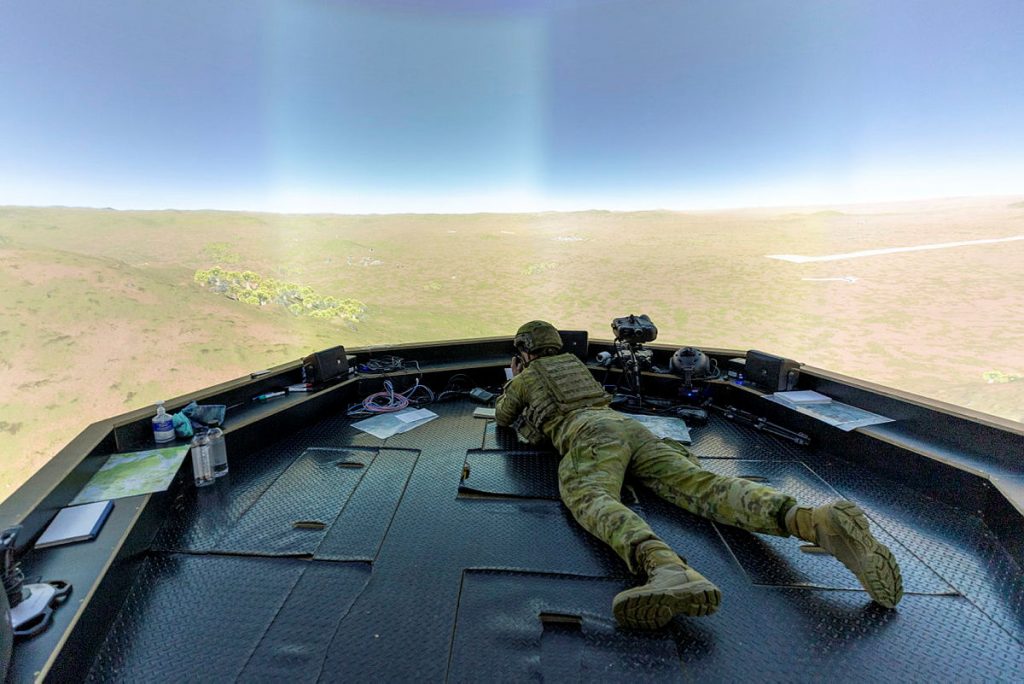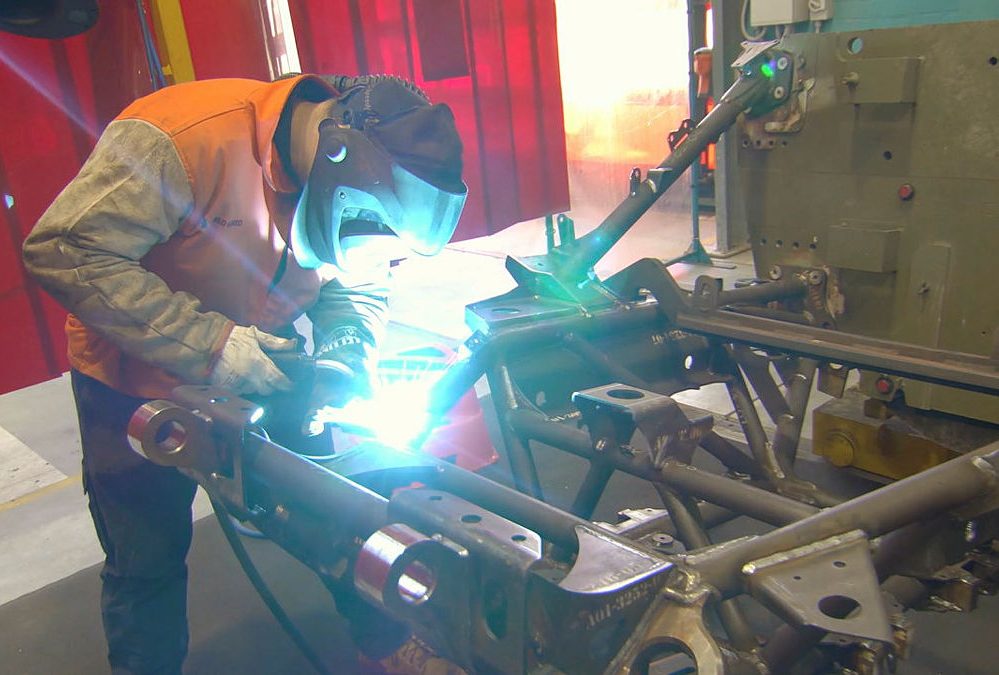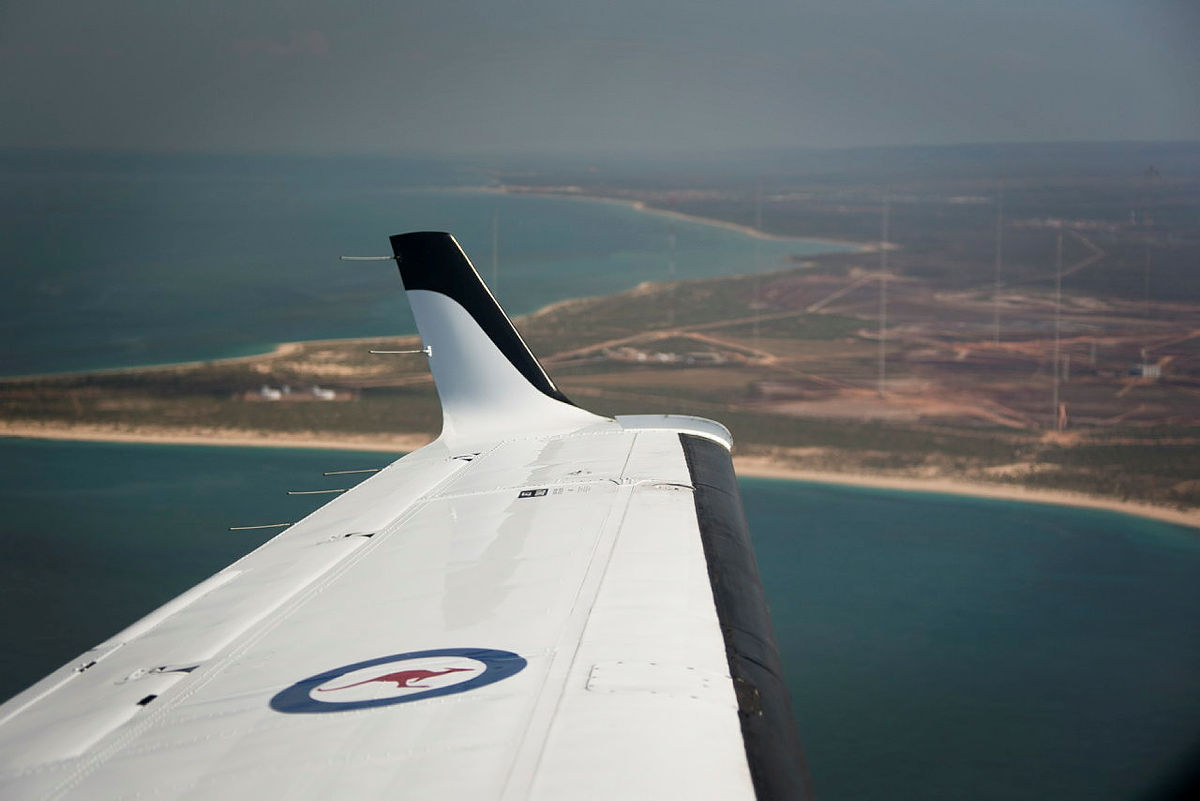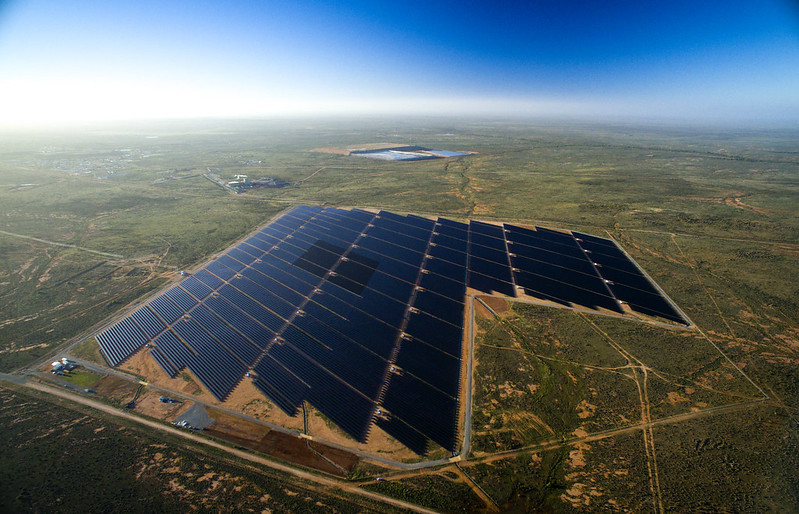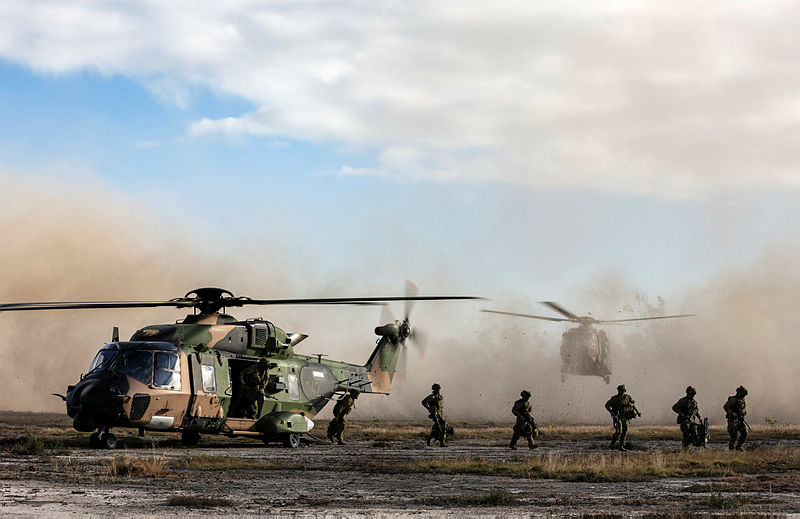Northern Territory’s digital infrastructure plans face big challenges

The Northern Territory government has set ambitious plans for economic and social prosperity. Its catchily named ‘Terabit Territory’ initiative, which aims to position the NT to become a leader in telecommunications across Southeast Asia, is just one example. In the face of the Covid-19 pandemic, increased economic competition, a changing climate and strategic uncertainty, we need ambitious initiatives. But will our national policy settings encourage success?
As ASPI’s John Coyne argued last year, Australian policymakers ‘have struggled to develop a cohesive northern Australia strategy’ and ‘development of a scalable industry base in northern Australia has been left more to chance than strategy.’
A major hindrance is Australia’s longstanding fixation on investing in rail and road infrastructure. The Australian government’s $110 billion investment in transport projects reflects this obsession and represents a missed opportunity.
Nation-building is about more than constructing highways and railways to connect our major cities. The long-term economic, social and environmental benefits of projects need to be assessed and multiple challenges must be solved along the way.
The territory’s data centre initiative is the type of nation-building project needed to drive Australia’s post-Covid recovery. Now is the time for thinking big. However, our national policy settings will have to be adjusted to enable big thinking and innovative approaches.
A telecommunications project focused on Southeast Asia represents very big thinking.
The initiative’s central feature is a data centre that brings together Darwin-based infrastructure, clean power and fibre-optic links to deliver high-speed, low-latency digital networks. Importantly, the system will connect Darwin and Port Hedland to Kupang, Dili, Singapore and the west coast of the United States. Using a patchwork of existing and new investment, the territory will create critical capability that will help Australia navigate the new era of major-power competition spanning security, technology, economics and politics. The project will also contribute to strengthening Australia’s technology ties with Southeast Asia.
From a technical and logistical perspective, building a data centre ecosystem is doable. The territory’s expression of interest for proponents to develop and operate data centres in Darwin closed in September 2020. Land is available, and it can be supplied with up to 1,000 megawatts of solar and gas power, or more if needed. It will be essential to select technology that can accommodate the full range of cloud providers. Narrowing the scope would be the technology equivalent of putting all of the territory’s eggs in one basket.
There’s also no shortage of investors, ranging from the traditional telecommunications providers to managed funds. While managers of established data centres will need to keep a close eye on their operating costs as the Covid crisis eases, the continued generation of data is expected to boost global data centre investment by around 6%.
Putting aside the risk of ‘build it and they will come’ thinking, the challenges to realising the territory’s vision are significant. The goal isn’t merely to establish Darwin as a data hub; the project aims to make the territory a strategic player in the region and elevate data to the status of a key strategic resource. Subsea cable connectivity, the enabler for a new era of hyperscale services, would also emphasise Darwin’s closeness with (not simply proximity to) Southeast Asia and would lessen its isolation within Australia. This would position Darwin as the enhanced digital pathway between Australia and Southeast Asia.
How a data centre ecosystem with links to multiple countries sits with the Australian government’s focus on addressing the risks to data sovereignty, data centre ownership and the supply chain is yet to be understood. Under the NT government’s initiative, data from several countries would be stored and managed under potentially quite different legislative frameworks. Add in the likelihood of classified data from foreign governments finding its way into a Southeast Asia data centre and the challenges soon multiply.
Australia’s concerns about data sovereignty have centred on the requirement in China’s 2017 national security law for Chinese businesses to provide access to their systems and data to Chinese intelligence agencies. However, the 2018 US CLOUD Act also facilitates access by US intelligence agencies to data of foreign governments held by US companies. A non-US country needs to agree to be a ‘qualified foreign government’ for its data to be exempt. This requirement came to the public’s attention last year when the Australian government awarded the Covid-19 app data-storage contract to an Amazon cloud subsidiary. At the time, the government said, ‘This is the way of the future between like-minded countries.’
What constitutes like-mindedness is being continually redefined. It’s not clear how the question of data sovereignty will affect the territory’s data centre project in practice or how many, if any, agreements will be needed. And data sovereignty is just one of the potential policy challenges the NT will face.
Achieving the vision of a Southeast Asia data centre ecosystem requires more nuanced legislative framing by the Australian government. But the more significant point is that post-Covid nation-building requires proactive policies that anticipate and enable, rather than restrict or simply respond to, innovative initiatives and solutions.


